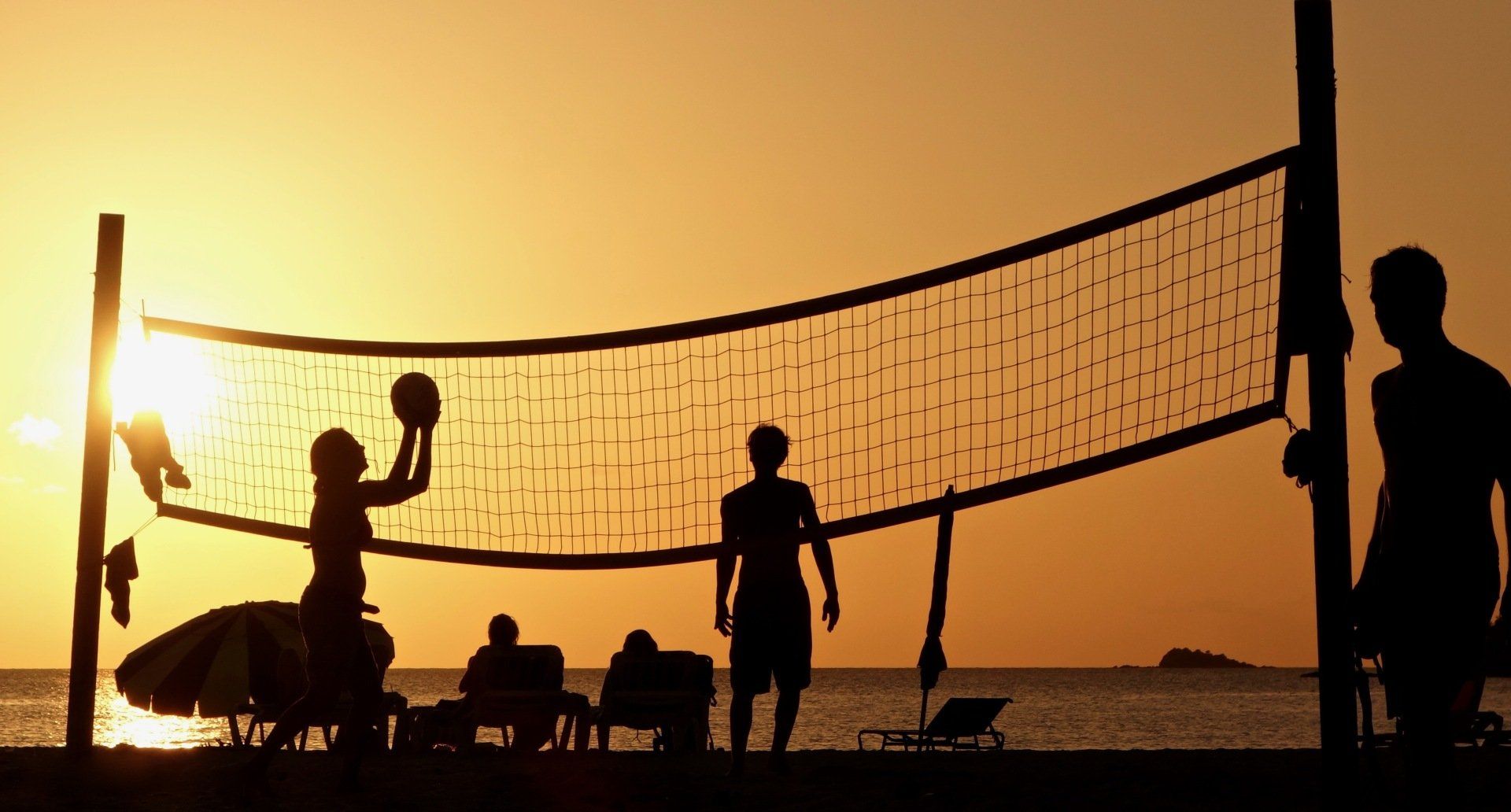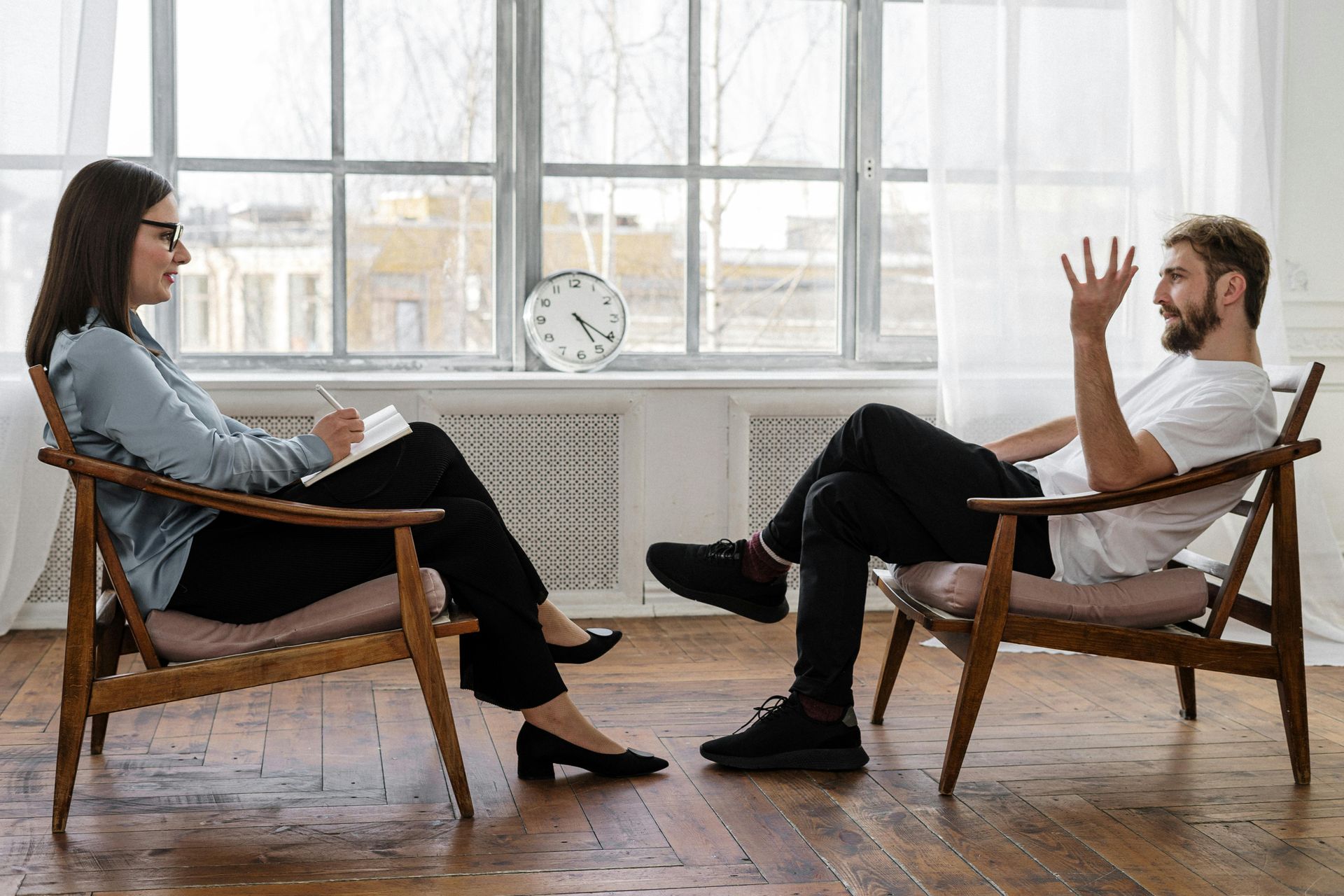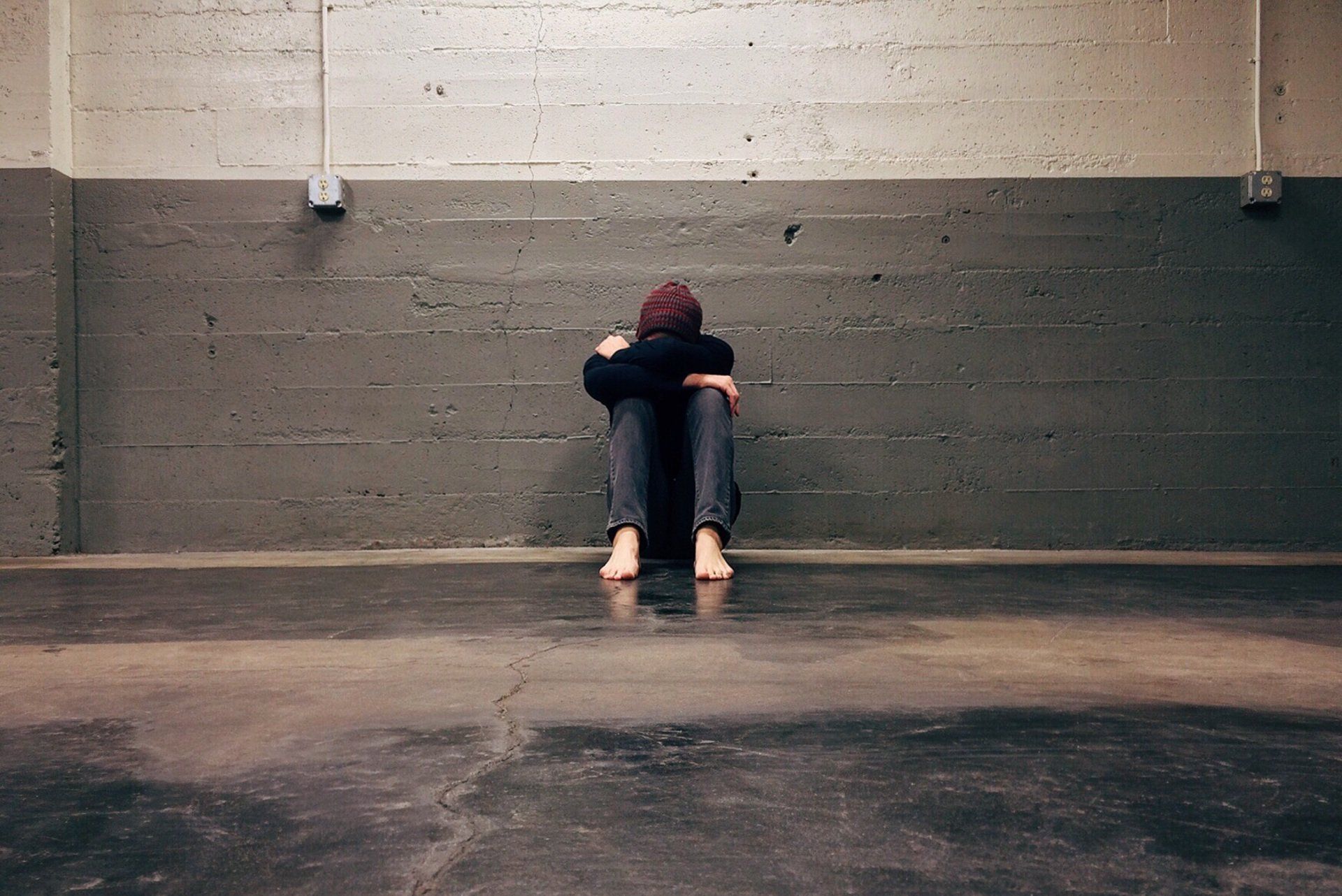Why I Switched From Indoor To Beach Volleyball

My coaching career has been completely backwards compared to the norm. I had coached 6 years of college only to realize that my reasons for coaching didn’t mesh with what that job required. I have a lot of respect for my friends that coach college – it is a LOT of work beyond what’s done on the court, long hours for pay that doesn’t match the effort.
Beyond that, it’s about the programs more than the players. It’s just the reality of the situation. And I coach for the players. I came home and shifted to coaching kids while working a normal 9-to-5. After one toxic boss made a comment implying I would never find anything better, I immediately contacted some club directors, had phone interviews the next day, signed an offer that week and put my 2 weeks in.
It may not have been the same pay, but that was the moment I knew that outcome outweighed income to me. I was here to inspire people, not to be a cog in someone else's machine.
18 months of doing a little bit of everything for a club really opened my eyes to the other side of the sport I hadn’t always seen as a college coach. There was a lot of good, a lot of bad, and a LOT of ugly. I served as college liaison for the program, and I was blown away as I sat with family after family and continued to hear about a lot of myths they were being sold on what they should do/not do. I had heard so much about how ‘crazy’ sports parents were. What I found myself feeling is “Given how much parents pay, what they’re being sold, and what they’re actually getting out of it, I’m surprised they’re not crazier!”
BUT, there was a lot of good that came from it as well. 5 weeks after working my last day for the other company, I began overseeing our beach program. I had run some beach camps for little kids back when I first started coaching, but that was essentially glorified babysitting. This was the first time I had both the technical knowledge of doubles (I had been playing at the open level for 5 years and had the luxury of learning from a lot of players much smarter than me) as well as the caliber of kids that could play two-on-two.
Our program had 86 kids. One session in particular comes to mind: We had 2 courts and the club gave me 40 11–14-year-olds. That was crazy to me, but the club directors had no experience with beach and gave me the reins to figure it out.
I hired 3 other coaches, so I borrowed two grass nets from a friend. We made ‘stations’ – the sand courts would be used for actual gameplay, and the grass courts would be used for skill-work (serve and pass, bump setting, etc.). I would make 4 evenly sized groups depending on the amount that showed that day based on who was closest in level as they warmed up with the other coaches, and then once they were done, I’d assign them to their starting courts/coaches.
After 10 minutes, they would get a water break and rotate courts to work on new things with a different coach. At the end of practice, we would play games on all courts and rotate to make sure all of them got equal time on the sand and grass courts.
It was a lot of set up initially, but once we got into a rhythm it was as smooth as any program I’ve ran. It was great too because every coach had unique things they were noticing, and we could adapt practice plans week-to-week that truly focused on what those groups specifically needed. We had kids that would go on to win tournaments, as well as plenty that were brand new and getting a great foundation of their all-around skills. Top-to-bottom,
everyone was having fun.
In the fall, we had a large increase in our indoor tryout numbers. That season I was assisting our top 18’s team, took over a 15-7’s team (yes, we had that many kids at that age!), and was floating around helping some of our newer coaches. It was a good experience and I loved working with the kids. I think the coaches had good intent. But the same realization just kept popping in my head as I saw certain kids get different qualities of education vs. others:
“In beach, I can give every kid the same opportunity for growth – it’s not possible to do that for indoor.”
I think some people in my area think I’m ‘anti-club’. I hate that stigma. I am pro “every kid deserves the same opportunity for development”, and I think indoor makes that challenging - especially the bigger an organization gets. It is almost impossible to get the exact number of players you need at each position at a similar level. The other challenge is, the better you’re doing, the more families want to join your program. The bigger you get, the more coaches you need. The more coaches you need, the bigger the disparity between the top and bottom kids.
If your goal is to make money, that model makes sense. But if your goal is to provide a positive experience for every single athlete, that just doesn’t work. And most big clubs have HUGE turnover year-to-year. But the only reason they don't have to modify the quality of their education at the bottom is there will always be a large group of disgruntled athletes that will be coming over from other programs. So as long as they can fill in those gaps, they can continue to generate great numbers even if a large portion of their customers will walk away unhappy with the product.
It’s also really unfair for the high school freshmen that have the drive, but are a little further behind physically than their peers. They get cut, and then the stronger kids play while the cut kids don’t have a viable program (as an example, my club didn’t run anything beyond privates for cut kids, and being honest they weren’t always the highest-quality coaches running them). Then tryouts roll around, the high school kids are in game-shape, and the cut kids are not. Now the gap widens because the kids that make the high school teams are getting the better coaches, while the cut kids get ‘the other coaches’.
That’s why Progression was born. Because the more kids that join our beach program, the more hours our coaches coach. But EVERY coach is qualified to work with their athletes. I personally have worked with every athlete in our program. This week I will work with some of my area’s best athletes, some of the newest athletes, and everyone in-between.
And that’s the way it should be. No athletes held back, no athletes left behind. When done right, beach volleyball can be the healthiest youth sport out there. It’s lower-impact on the joints, players have more control of their own schedule, doubles allows for a player to learn every skill vs. specializing. And I look forward to spending the rest of my life advocating for why parents and players that aren’t currently satisfied with the current system should allow themselves to break free from the norm and try something that’s more tailored to their needs.
If you're happy at your indoor program, and you have coaches that are giving you good development, directors that are responsive to your concerns, and a healthy environment, then by all means, stay in a good situation. I would never imply that people that are benefitting from the current system to walk away from a good thing.
But for those reading this that are trying to provide for your kid in a culture that isn't as interested in their well-being, I ask you to consider: Could there be a better option for you?
I believe that option could be beach volleyball. I hope you'll join me on my journey to put the youth back into youth sports.










